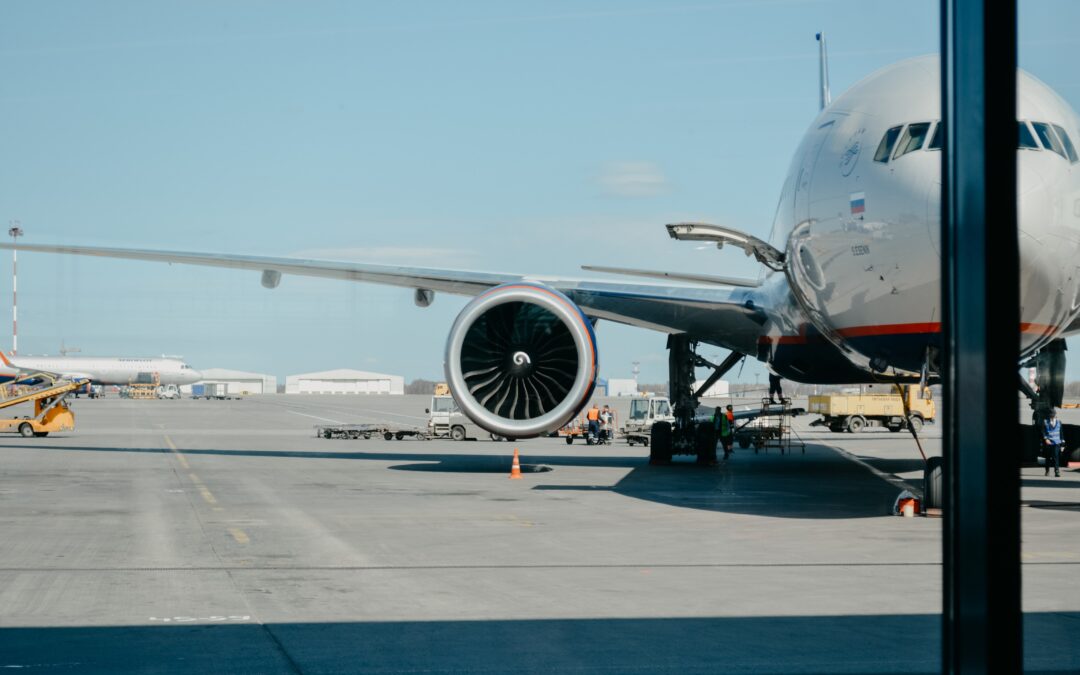It’s been quite the year, to say the least. Now, the weather is cooling down, and our kids are getting a much needed break from virtual or in-person learning for the holidays. More and more families are getting comfortable with traveling and gathering in small groups or with loved ones. That means, you may be headed on a family getaway with your child with Autism Spectrum Disorder. Planning a trip when your loved one has ASD can be stressful for both you and your child, especially now that masks and social distancing protocols are in place, but there are ways to minimize that stress with a few simple tips that make it a more comfortable experience for the entire family.
Create a Visual Narrative about the Trip.
Individuals with autism spectrum disorder (ASD) do best when they know what is going to happen. Consider creating a visual narrative about where you will be going, what you will be doing, and whom you will be seeing. Narratives can be written at any level. You just want it to convey meaningful information for your child.
Share the Agenda.
Provide your child with a daily agenda of what you will be doing and include the order of events. Be sure to also include pictures in the written agenda if it will help your child understand the sequence of events. You may find it best not include times. If you do include times, consider writing in approximate times.
Share your Back-up Plan for Change of Plans.
Plans change. It may rain or the attraction you planned to see may have an unexpected closure. Create a backup plan and share that with your child, so they are prepared. It is always appropriate to provide positive reinforcement (specific praise, a small privilege) when the child adjusts to the change of plans.
Plan for Meals.
If you are staying with relatives, explain the importance of offering food that your child will eat. This includes buying specific brand names that the child prefers and preparing meals that the child is used to eating (or having familiar foods available). Try to have this conversation take place before the trip. If you are going to be dining out, you might want to stick to restaurant chains where you child has eaten before. You can also consider bringing preferred food with you, especially if you are going to a local restaurant where it is uncertain as to whether your child will eat the food. Older children may benefit from viewing the menu ahead of time.
Plan for Waiting and Down Time.
Bring activities, sensory toys, preferred books or electronics to keep your child entertained during long car rides, down time, and lengthy meal times. For long car rides, consider games like Green Auto Backseat Bingo.
If you are traveling by air, check out The MIAair Program (Airport Instruction and Readiness).
This program provides helpful information to help prepare individuals with ASD for travel. Social Narratives (in English and Spanish) explain the sequence of events that take place when you travel by air. The Caregiver Information Packet and Airline Travel Checklist (in English and Spanish) also provides useful information for travelers. Find it here: www.Miami-airport.com/miaair.asp
Bonus Tip!
If you have the patience and the time, you can help your child work on his/her planning skills by participating in packing. Mark the days you will be gone on a calendar and have your child count out and pack underwear & socks for the trip. You can look up the weather and have them identify the types of clothing you will need to pack. Perhaps they can pack up their own games and activities for entertainment. Some children will respond well to a packing checklist. This is a natural opportunity to learn “planning skills.”
The above strategies are about making sufficient accommodations so that you and your child can enjoy your vacation.
To learn more about Dr. Diane Adreon, internationally recognized autism expert, award-winning author, and public speaker, visit spectrumlifestrategies.com.

